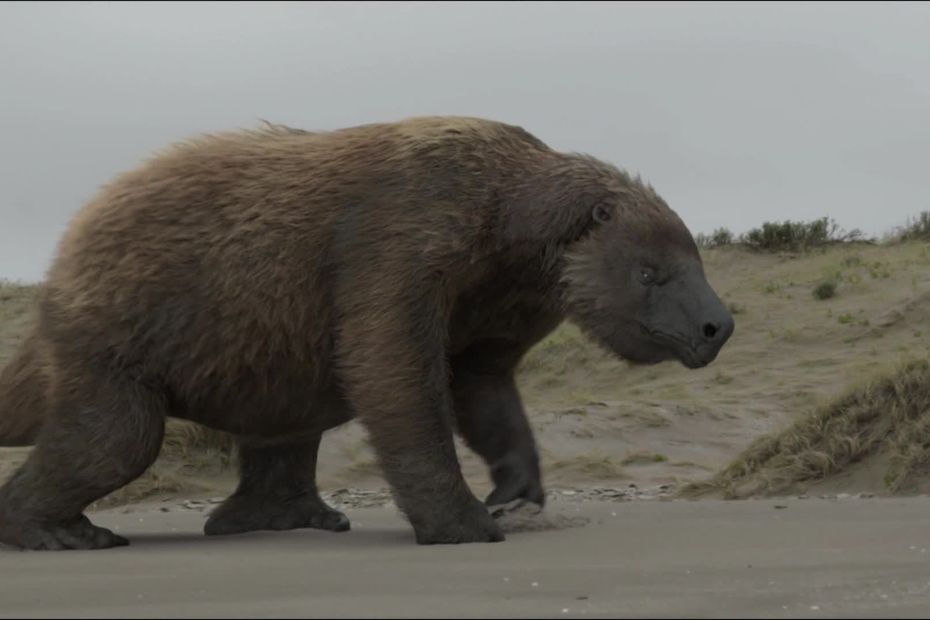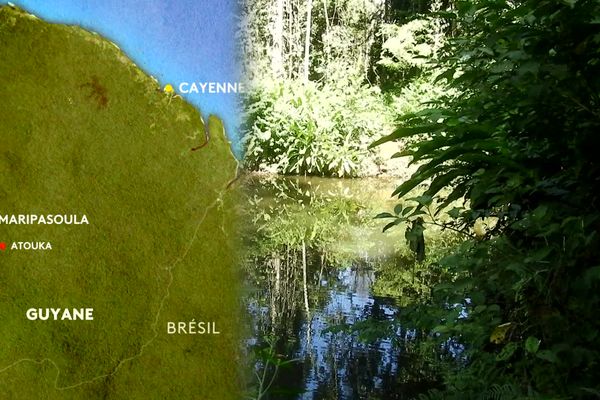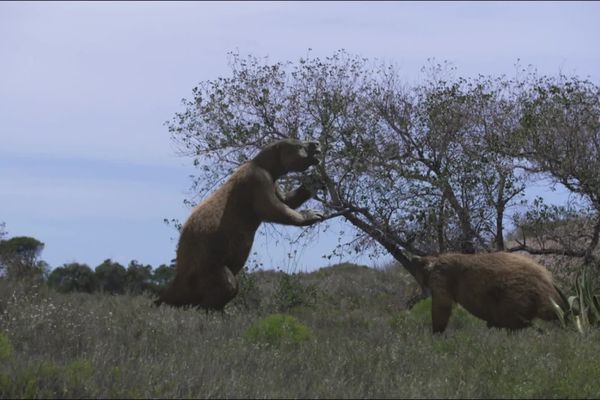The giant sloths have been extinct for 12,000 years. Last October, scientists made an incredible discovery in Guyana: the fossil of a skeleton of this animal that could measure up to 4 meters. The bones are studied by paleontologist Pierre-Olivier Antoine in Montpellier.
On this seeker’s table is priceless treasure. These are fossils of a giant sloth found in Guyana. Gathered at the Institute of Evolutionary Sciences in Montpellier, these specimens are studied. This is the first time that the remains of a giant extinct animal have been discovered in Guyana.
“This animal belongs to a species whose largest individuals peaked at 4 m in height. Once standing, the head was 4 m away! As the bones belong to an individual who was not yet an adult, we can estimate that he must have been about 3 meters“, explains Pierre-Olivier Antoine, paleontologist at the CNRS in Montpellier.
–
An expedition to Guyana
It was in October 2021 that paleontologist Pierre-Olivier Antoine identified the fossil of the lazy giant discovered in Guyana. on a site operated by gold diggers in the Amazon rainforest nearAtouka in the Maripasoula region.
–
Officials from the Amazonian Park then gave them these giant sloth fossils. “This is great!” The scientists then exclaimed.
Fossils over 12,000 years old
Today in Montpellier, thanks to a scanner, researchers are trying to find out when this sloth lived. He is a healthy teenager, weighing about 3 tons.
“These fossils date back at least 12,000 years, which is the date of extinction of the species. But very probably, according to the first elements that we saw in the field, linked to the vegetation as we have been able to analyze it, we think that it is rather around 20,000 years old. We could be wrong, we will have confirmation in the next few weeks“, explains Pierre-Olivier Antoine, paleontologist at the CNRS in Montpellier.
–
Scientists are also looking to collect ancient DNA from these fossils, a very difficult operation to perform.
“The old DNA will be very degraded since the death of the animal. The DNA will start to fragment and above all it will be completely invaded by DNA from its environment, and in particular the DNA of soil bacteria“, specifies Frédéric Delsuc, biologist at the CNRS in Montpellier.
If researchers can collect ancient DNA from these fossils, we will know much more about this species that disappeared 12,000 years ago due to climate change.
–




